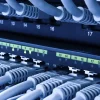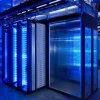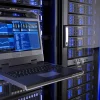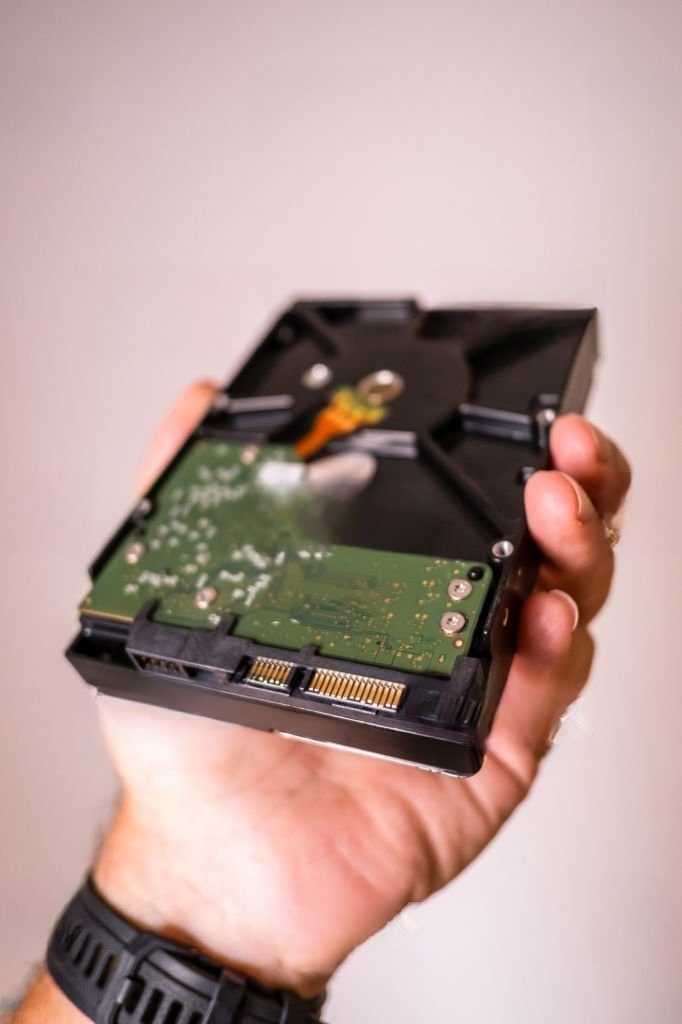£0.00
YOUR ULTIMATE GUIDE TO PERFECT DATA CENTRE SERVER UPGRADES
For data centres, staying ahead of the curve requires strategic planning and the continuous optimization of hardware. As businesses increasingly rely on data-intensive applications, cloud services, and AI-driven workloads, selecting the right server specifications for upgrades becomes paramount. In this guide, we delve into the key considerations that empower data centre managers to determine the best specs for their next server upgrades, ensuring optimal performance, scalability, and efficiency.
1. Assess Current Workloads and Future Needs
Before embarking on any server upgrade journey, it’s essential to conduct a thorough assessment of your data center’s existing workloads and projected future needs. Consider factors such as application types, processing demands, memory requirements, storage capacity, and anticipated growth. This evaluation serves as the foundation for aligning server specifications with the real demands of your data centre.
2. Processor Power and Cores
The heart of any server lies in its processor. When upgrading, carefully evaluate the processing power required to handle your workloads efficiently. Modern processors offer varying core counts, each optimized for specific tasks. Opt for higher core counts if your workloads are parallelizable, such as virtualization or high-performance computing, while fewer cores may suffice for single-threaded applications.
3. Memory (RAM) Configuration
RAM is a critical component that directly impacts server performance. Analyse your workloads to determine the required memory capacity. Consider both the total amount of RAM and the speed (measured in MHz). Memory-intensive applications benefit from larger RAM capacities and faster speeds. Additionally, opt for servers with expandable memory to accommodate future growth.
4. Storage Solutions
Storage needs are as diverse as the applications they support. Assess whether your data center requires traditional hard disk drives (HDDs), solid-state drives (SSDs), or even NVMe drives for ultra-fast storage. Consider factors like read/write speeds, storage capacity, and data redundancy requirements. For data-intensive applications, a combination of SSDs for speed and HDDs for capacity might be the ideal solution.
5. Network Connectivity
With the proliferation of cloud services and data sharing, network connectivity is paramount. Choose servers with ample network interface options, such as Gigabit Ethernet or 10 Gigabit Ethernet ports. For advanced scalability, consider servers that support RDMA (Remote Direct Memory Access) technology, which enhances data transfer efficiency in high-performance environments.
6. Redundancy and Reliability
Data center uptime is non-negotiable. Select servers with built-in redundancy features like dual power supplies, hot-swappable components, and RAID configurations for storage. These features ensure that even in the event of hardware failures, your data center remains operational, minimizing downtime.
7. Energy Efficiency and Cooling
Energy consumption and cooling play a crucial role in the overall cost of ownership. Look for servers with energy-efficient processors and components. Choose models that align with industry standards for power efficiency, such as ENERGY STAR certifications. Optimizing cooling solutions, such as using hot/cold aisle containment, contributes to long-term energy and cost savings.
8. Scalability and Future-Proofing
Invest in servers that offer scalability options to accommodate future growth without disruptive replacements. Scalability can encompass both vertical (upgrading components within a server) and horizontal (adding more servers) approaches. A future-proof server infrastructure reduces the frequency of hardware upgrades and minimizes disruptions to ongoing operations.
9. Management and Monitoring Capabilities
Remote management and monitoring tools simplify data center operations. Opt for servers equipped with management interfaces, such as Intelligent Platform Management Interface (IPMI) or remote access controllers. These features facilitate efficient server provisioning, monitoring, and troubleshooting.
10. Budget Considerations
While aiming for the best specifications, it’s crucial to strike a balance between performance and budget constraints. Evaluate the total cost of ownership, factoring in acquisition costs, ongoing maintenance, energy consumption, and potential savings resulting from improved efficiency.
In the rapidly evolving landscape of data centers, upgrading servers is a strategic endeavor that demands a holistic approach. By meticulously assessing your data center’s workloads, performance requirements, scalability needs, and budget limitations, you can make informed decisions that position your data center for success. Armed with the right specifications, your upgraded servers will propel your data center towards enhanced performance, increased efficiency, and the capacity to embrace future challenges with confidence.
Posts Widget
Social Media
Join our newsletter for the latest offers.
Get our emails for info on new items, sales and much more.
Register now to get latest updates on promotions & coupons.
- Over 100,000 parts available
- 1 to 3 Years Warranty As Standard
- Express Shipping Worldwide









